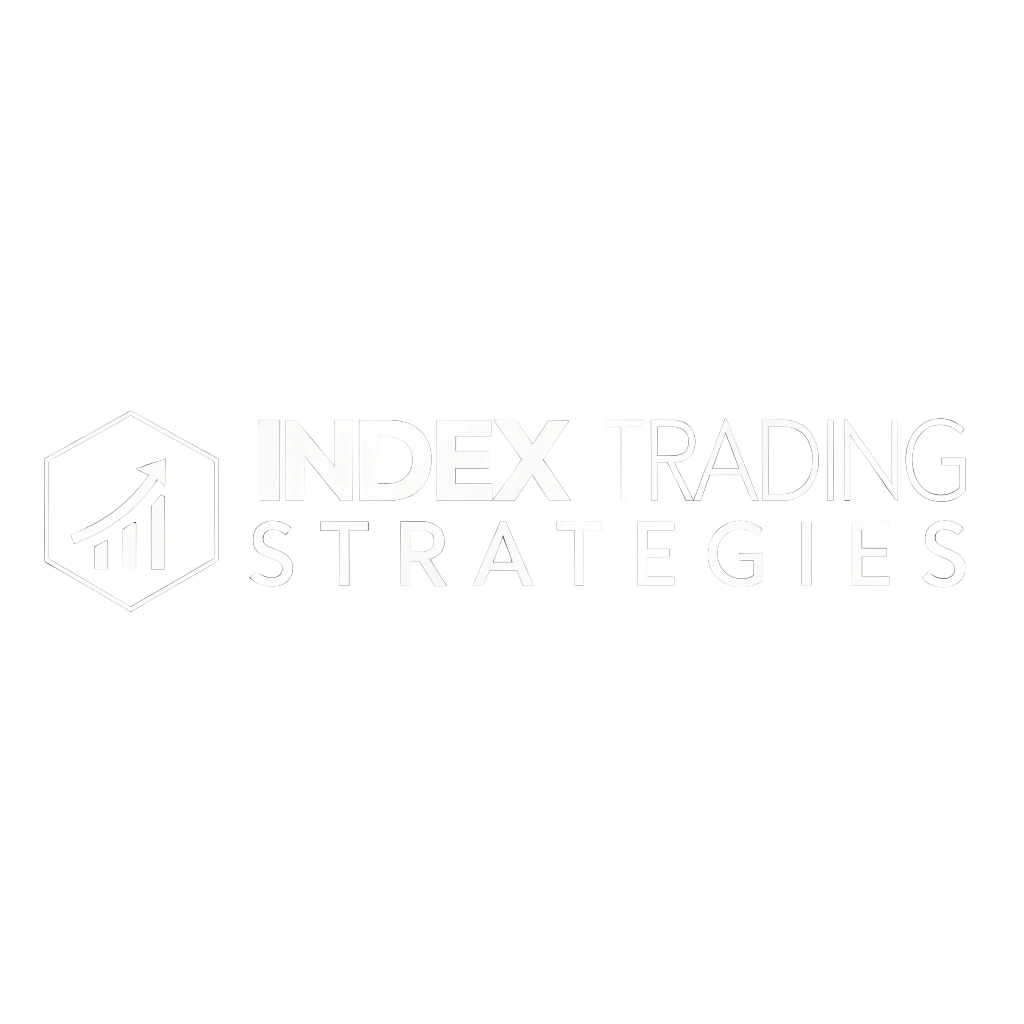
What are tight spreads in forex trading?
Defining bid-ask spread and its role
In forex trading, spread is the difference between the bid (selling) price and the ask (buying) price of a currency pair. This means it is the cost of actually carrying out a trade. When a broker offers tighter spreads, it means that the bid price and ask price are closer to one another, helping make the transaction cheaper, though it might benefit high-frequency traders more..
Why tight spreads matter to forex traders
Tight spreads reduce the overall cost of each trade, which is particularly significant for intraday strategies like scalping or high-volume trading. They offer more favorable conditions for entering and exiting positions, especially in volatile market environments, improving overall trading efficiency.
The key advantages of tight fx spreads
Reduced transaction costs
Every trade carries a cost due to the spread. Narrower spreads mean lower expenses per trade, which adds up over time and preserves more capital for compounding gains.
| Spread Type | Example (EUR/USD) | Cost per 1 Lot (100,000 units) |
| Wide | 3 pips | $30 |
| Tight | 0.5 pips | $5 |
Enhanced short-term trading performance
Short-term traders rely on small price movements. Tight spreads make it easier to turn a quick profit without needing large price swings, making strategies like scalping and day trading more viable.
Improved pricing transparency
Tight spreads often indicate a liquid, transparent market. This helps traders better anticipate price movement and execute trades without unexpected slippage.
Factors influencing tight fx spreads
Market liquidity and volatility
Currency pairs with higher liquidity—like EUR/USD or USD/JPY—tend to have tighter spreads. During volatile market conditions, spreads can widen as brokers manage risk.
Broker type: ECN vs. market maker
ECN brokers offer raw spreads from liquidity providers and typically charge a commission. Market makers may offer fixed spreads, but with potential markups. ECN models usually provide tighter, more dynamic spreads.
Trading hours and news events
Spreads are usually tight during peak trading hours (e.g., London/New York overlap). However, they can widen during off-hours or major news releases due to uncertainty and reduced liquidity.
Choosing the best forex brokers for tight spreads
Comparing real vs. advertised spreads
Some brokers promote tight spreads but deliver wider real-time spreads. It’s essential to test spreads on a demo or live account during different market conditions.
Importance of execution speed and slippage
Even with tight spreads, slow execution or slippage can negate cost savings. Choose brokers with fast order execution and minimal latency.
Regulations and account types
Regulated brokers tend to offer more consistent trading conditions. Look for brokers that offer raw spread accounts for access to interbank pricing.
Strategies to optimize trading with tight spreads
Scalping and day trading compatibility
Tight spreads allow scalpers to enter and exit trades multiple times a day without being eroded by high costs. The narrower the spread, the better the breakeven threshold.
Spread-sensitive risk management
Incorporating spread data into stop-loss and take-profit placements ensures tighter risk control. Avoid trading pairs with irregular spread behavior.
Identifying optimal entry points
Use tools like spread indicators or order book depth to enter trades when spreads are at their narrowest—typically during high liquidity periods.
Tight spread trading and risk considerations
Spread widening during low liquidity
Outside of active trading sessions, spreads may widen significantly. Avoid placing large orders or tight stop-losses during these times.
Avoiding over-leverage
Lower trading costs shouldn’t encourage excessive leverage. Always align position sizes with your risk tolerance and account size.
Monitoring hidden trading costs
Even with tight spreads, commissions, rollover fees, and swap charges can add up. Ensure your broker provides full cost transparency.
Tight fx spreads tips: Frequently asked questions
What is considered a tight spread in forex?
A spread under 1 pip on major pairs like EUR/USD or USD/JPY is considered tight. Spreads of 0.1–0.5 pips are common with ECN brokers during peak hours.
Do tight spreads guarantee better profitability?
Not necessarily. While they reduce costs, profitability also depends on strategy, timing, and execution quality.
How do I compare spreads across brokers?
Use a demo account or third-party platforms to monitor real-time spreads. Compare spreads during high- and low-liquidity periods for a full picture.
Are tight spreads better for all trading strategies?
They’re ideal for short-term traders. Long-term or swing traders benefit too but are less sensitive to spread differences.
Conclusion: Enhancing your trading with tight fx spreads
Tight spreads translate to savings on costs, but they also stand as a strategic advantage for traders who are diligent about it. They provide low entry and exit costs while allowing great flexibility in rapid, short-term trading; on top of that, they assist in proper risk management. The choice of the broker and knowledge of market conditions allied with a strategy based on tight spreads may surely help give the trader a better performance over a longer period.
